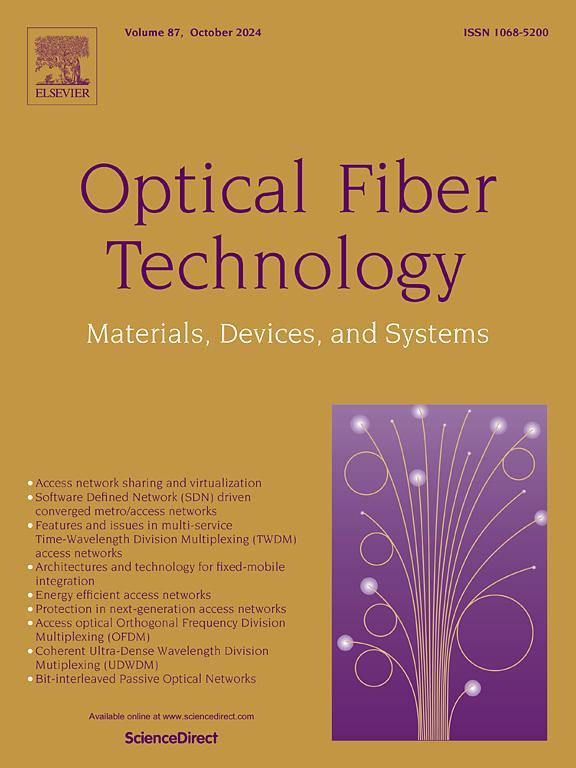基于分布式光纤传感的冲击载荷下水泥砂浆裂缝监测
IF 2.7
3区 计算机科学
Q2 ENGINEERING, ELECTRICAL & ELECTRONIC
引用次数: 0
摘要
基于瑞利散射的分布式光纤传感技术被广泛用于监测结构中裂纹萌生和扩展引起的应变场演变。然而,目前还缺乏一种用于动荷载下裂纹识别和监测的通用试件设计。本研究探讨了利用光学频域反射(OFDR)技术监测水泥砂浆试件落锤三点弯曲裂纹的可行性。对嵌入不同直径的分布式光纤传感器的样品进行了实验。使用2mm和2.5 mm光纤准确捕获应变分布,允许在峰值应变值处进行裂纹检测和精确定位。实际裂纹位置与峰值应变位置的误差在2mm以内,而裂纹张开位移(COD)的计算值与实测值的误差在±10%以内。这些发现证实了OFDR能够准确识别冲击载荷下的裂纹位置和宽度。此外,该技术还可以预测裂纹的起裂和扩展趋势,显示了其在结构动态健康监测中的潜力。本文章由计算机程序翻译,如有差异,请以英文原文为准。
Crack monitoring in cement mortar under impact loading using distributed optical fiber sensing
Distributed fiber-optic sensing techniques based on Rayleigh scattering are widely used to monitor strain field evolution caused by crack initiation and propagation in structures. However, a universal specimen design for crack identification and monitoring under dynamic loading remains lacking. This study investigates the feasibility of using the optical frequency domain reflectometry (OFDR) technique for crack monitoring in cement mortar samples subjected to drop-hammer three-point bending tests. Experiments were conducted on samples embedded with distributed optical fiber sensors of varying diameters. The strain distribution was accurately captured using 2 mm and 2.5 mm optical fibers, allowing for crack detection at peak strain values and precise localization. The discrepancy between the actual crack position and the peak strain location was within 2 mm, while the error between the calculated and measured crack opening displacement (COD) remained within ±10 %. These findings confirm that OFDR enables accurate identification of crack location and width under impact loading. Moreover, the technique can predict crack initiation and propagation trends, demonstrating its potential for dynamic structural health monitoring.
求助全文
通过发布文献求助,成功后即可免费获取论文全文。
去求助
来源期刊

Optical Fiber Technology
工程技术-电信学
CiteScore
4.80
自引率
11.10%
发文量
327
审稿时长
63 days
期刊介绍:
Innovations in optical fiber technology are revolutionizing world communications. Newly developed fiber amplifiers allow for direct transmission of high-speed signals over transcontinental distances without the need for electronic regeneration. Optical fibers find new applications in data processing. The impact of fiber materials, devices, and systems on communications in the coming decades will create an abundance of primary literature and the need for up-to-date reviews.
Optical Fiber Technology: Materials, Devices, and Systems is a new cutting-edge journal designed to fill a need in this rapidly evolving field for speedy publication of regular length papers. Both theoretical and experimental papers on fiber materials, devices, and system performance evaluation and measurements are eligible, with emphasis on practical applications.
 求助内容:
求助内容: 应助结果提醒方式:
应助结果提醒方式:


